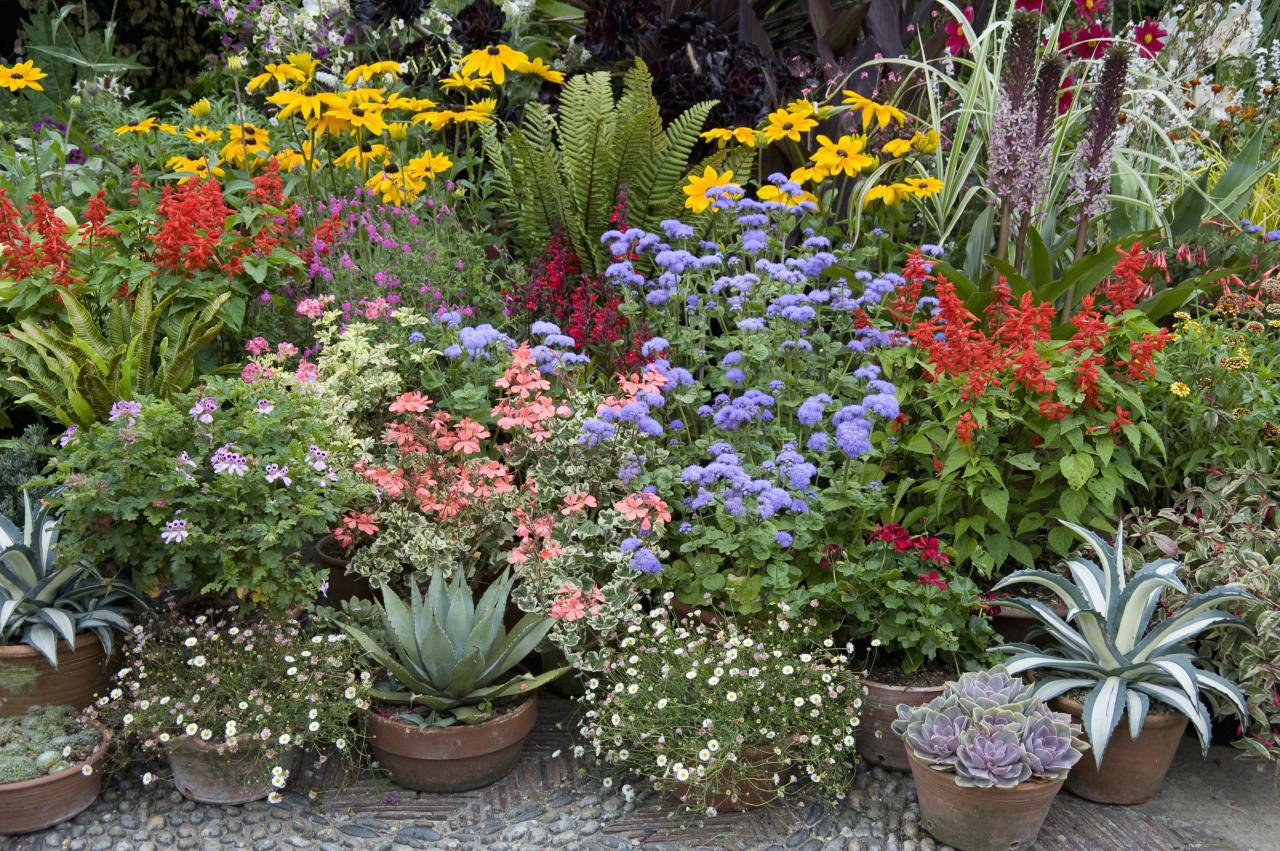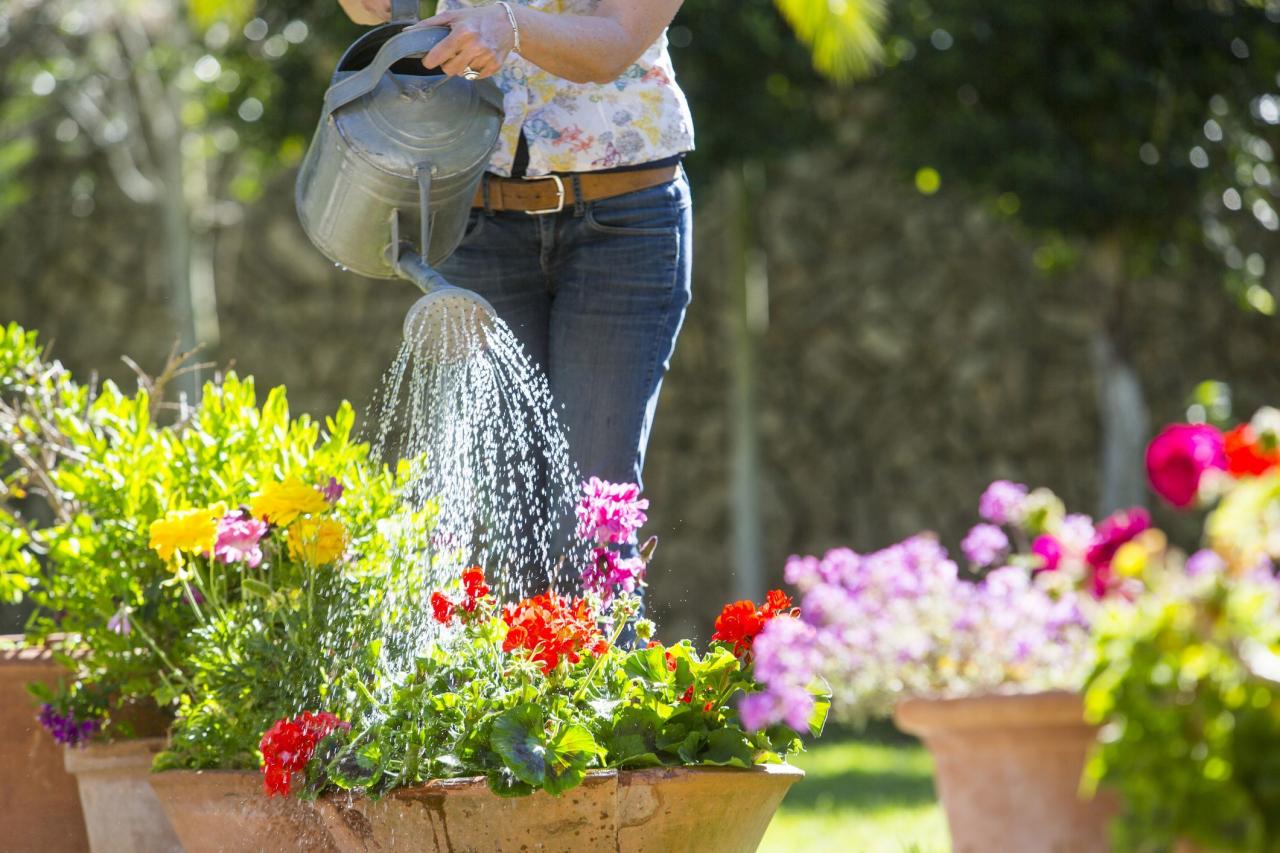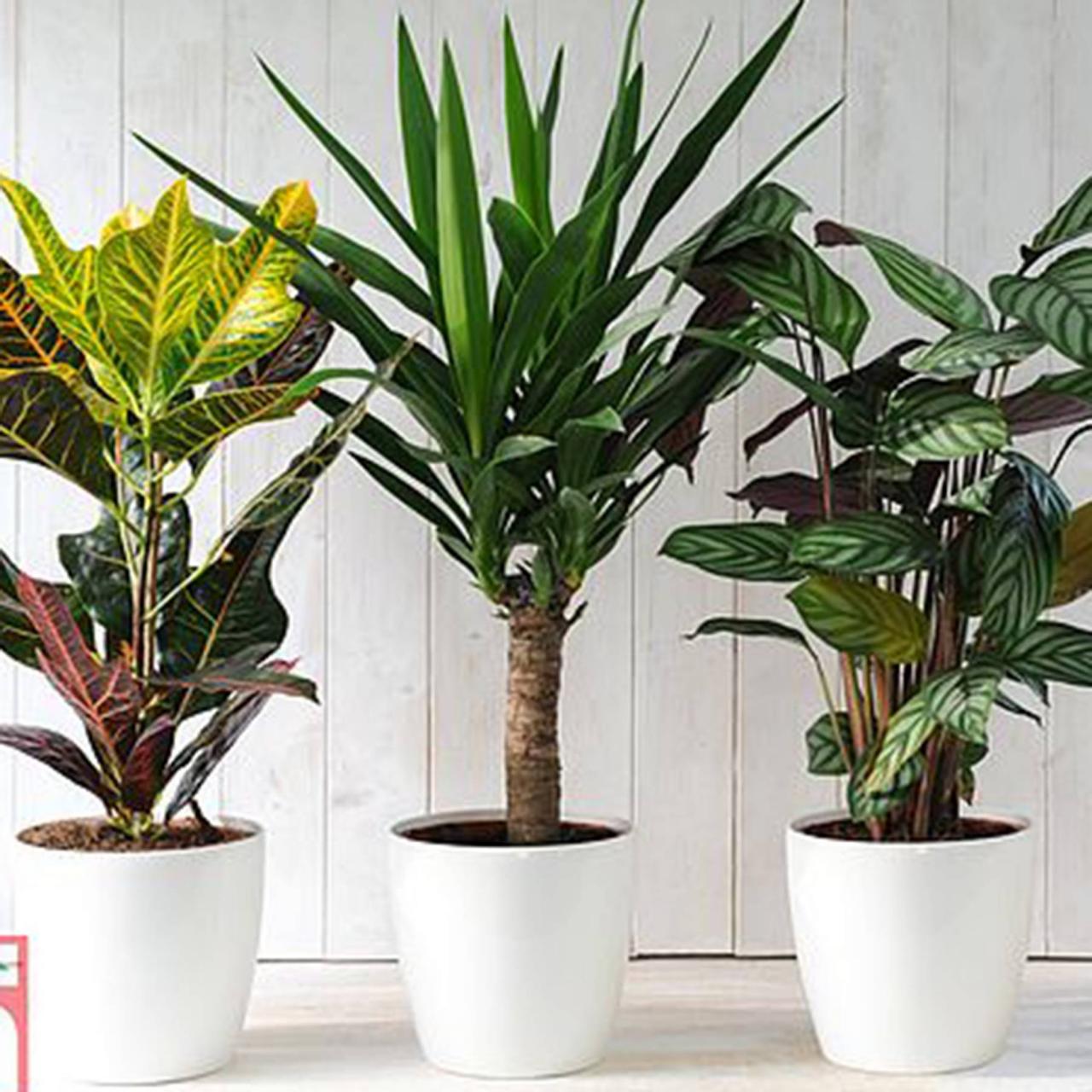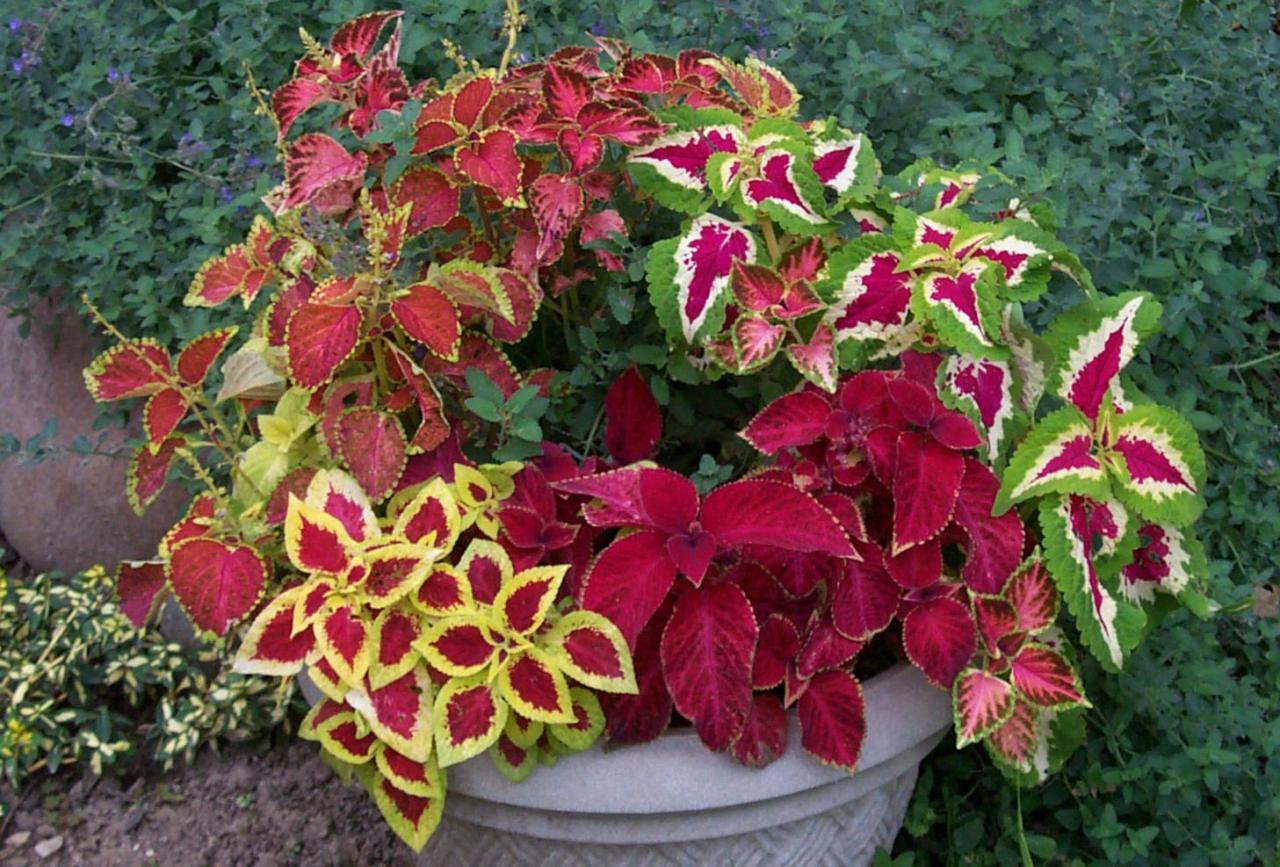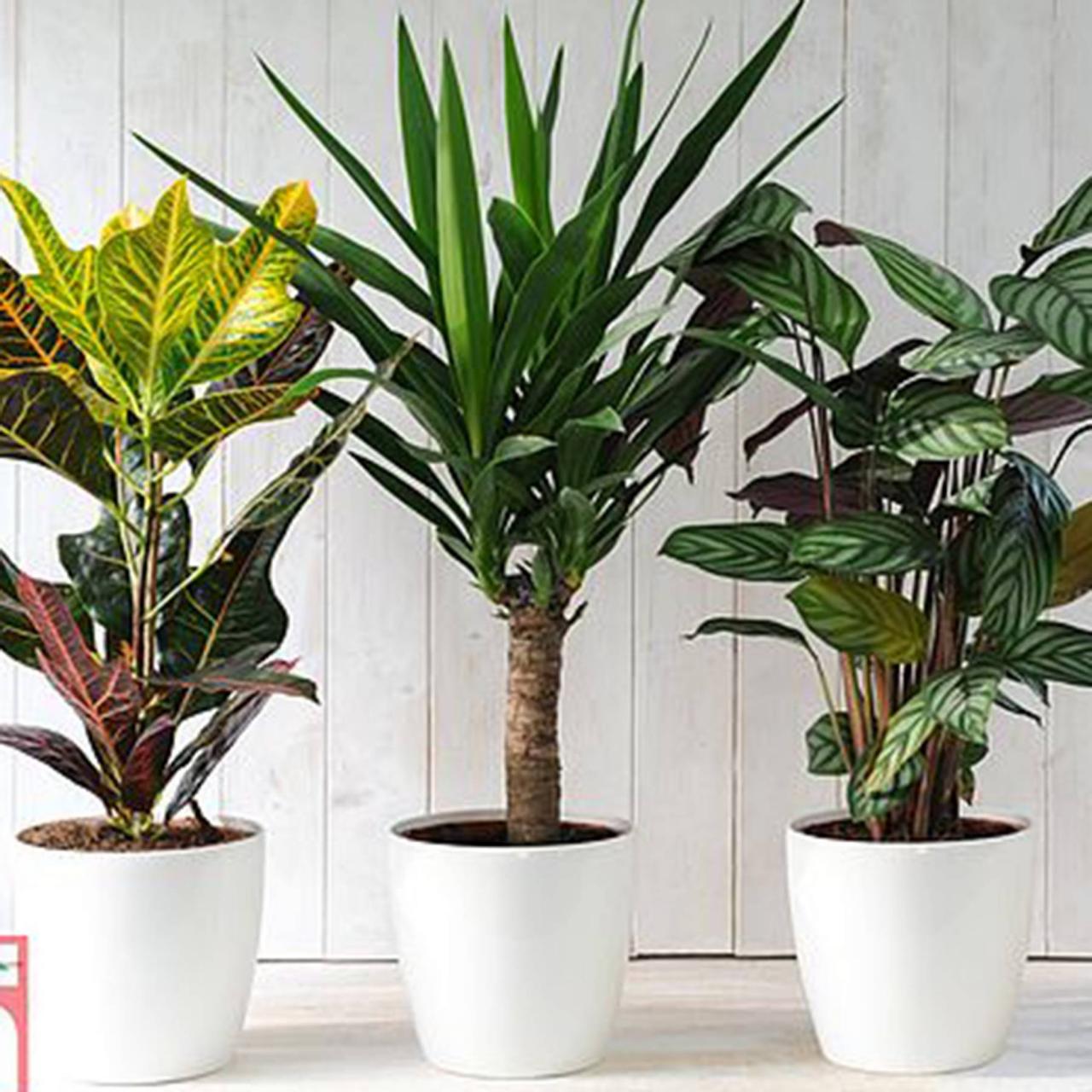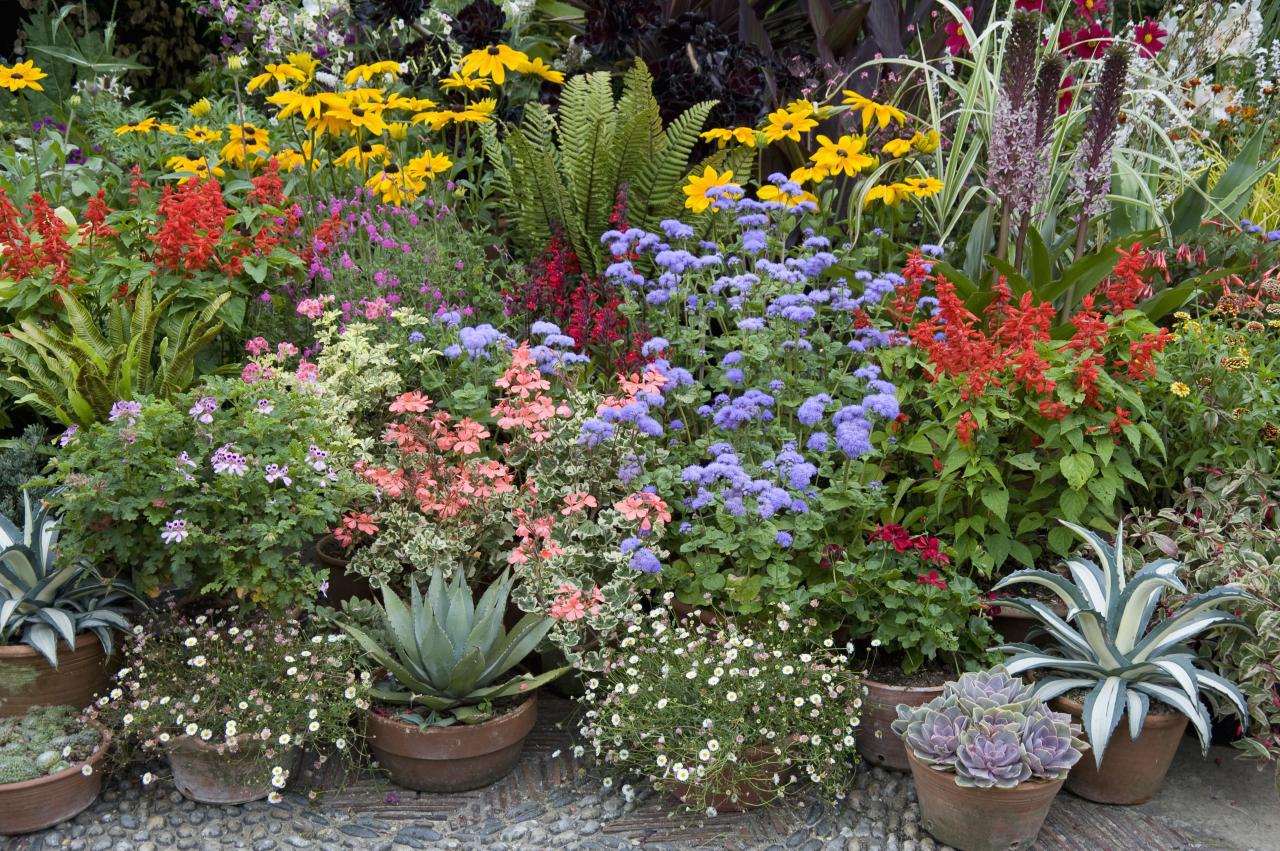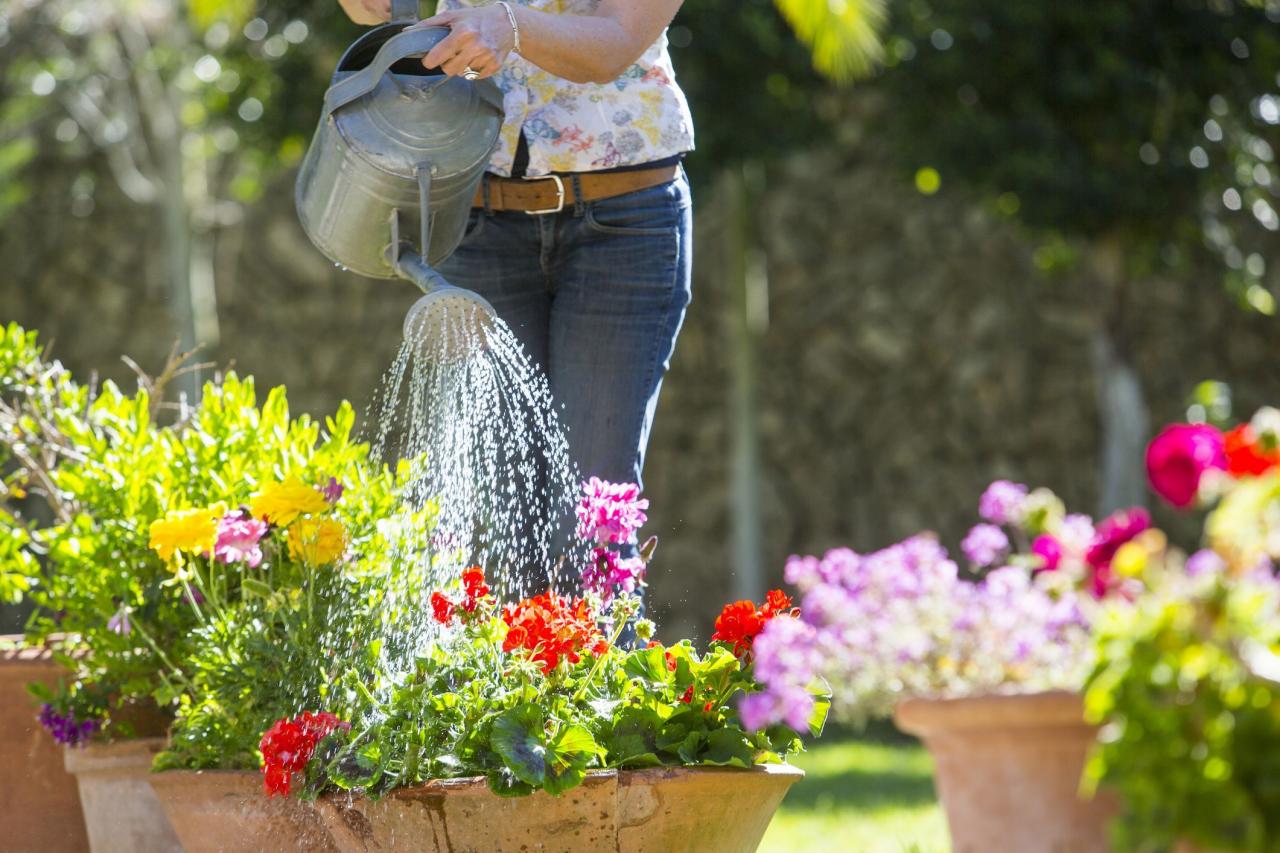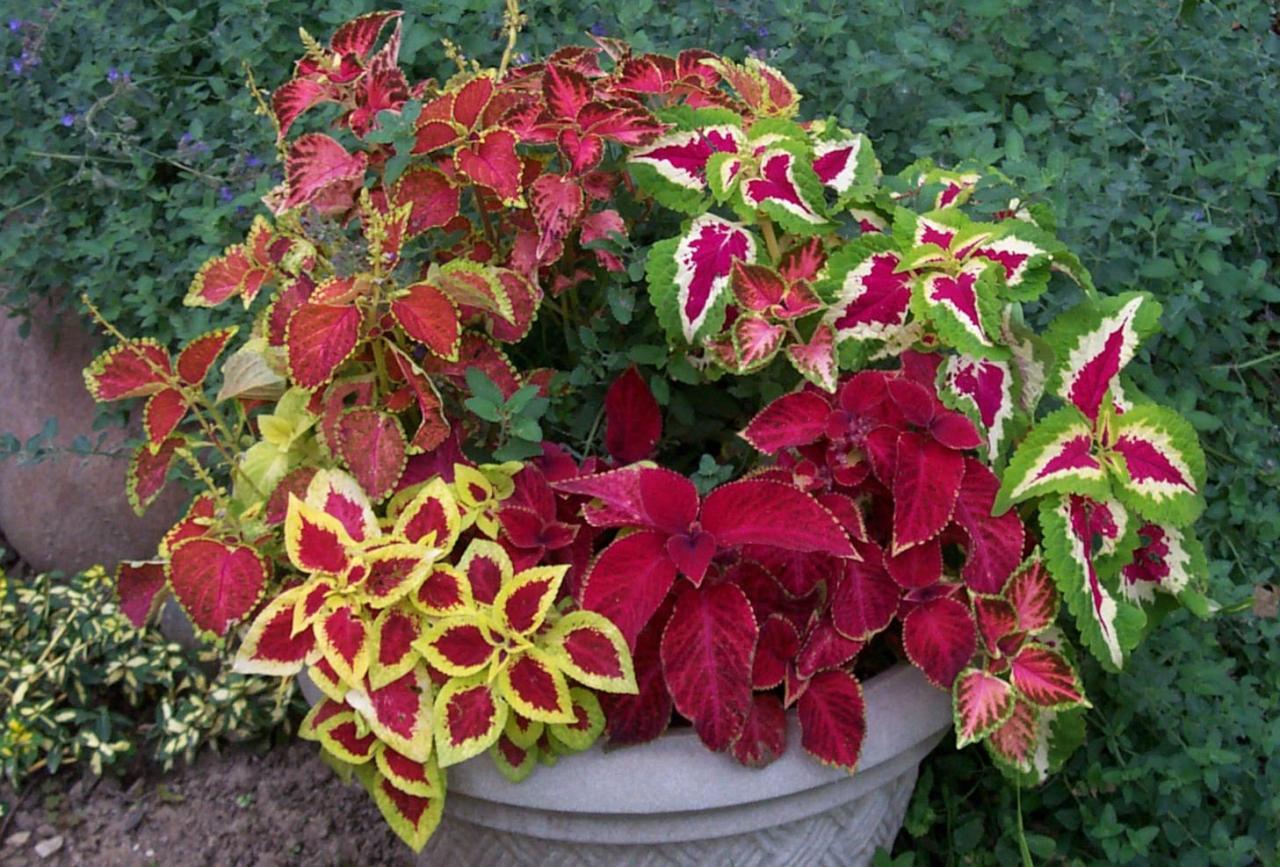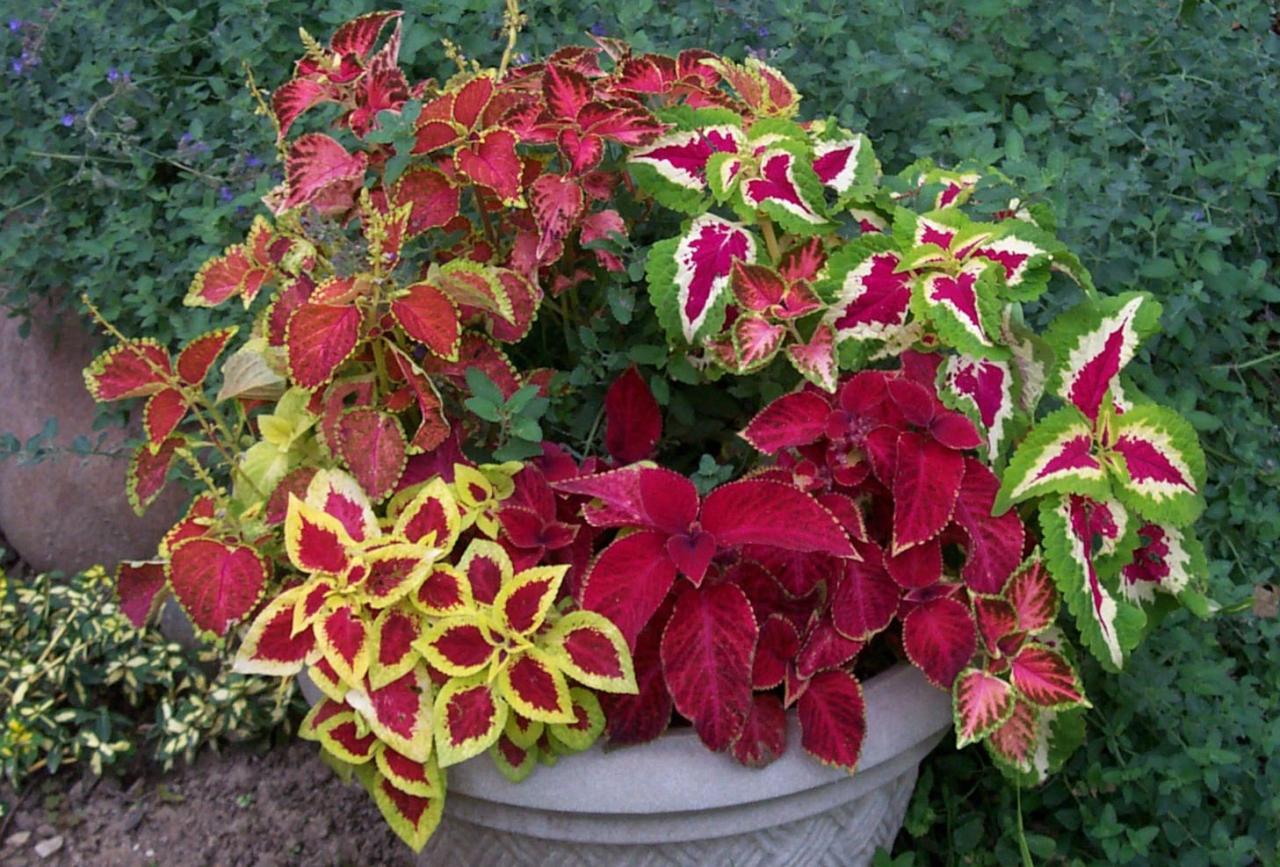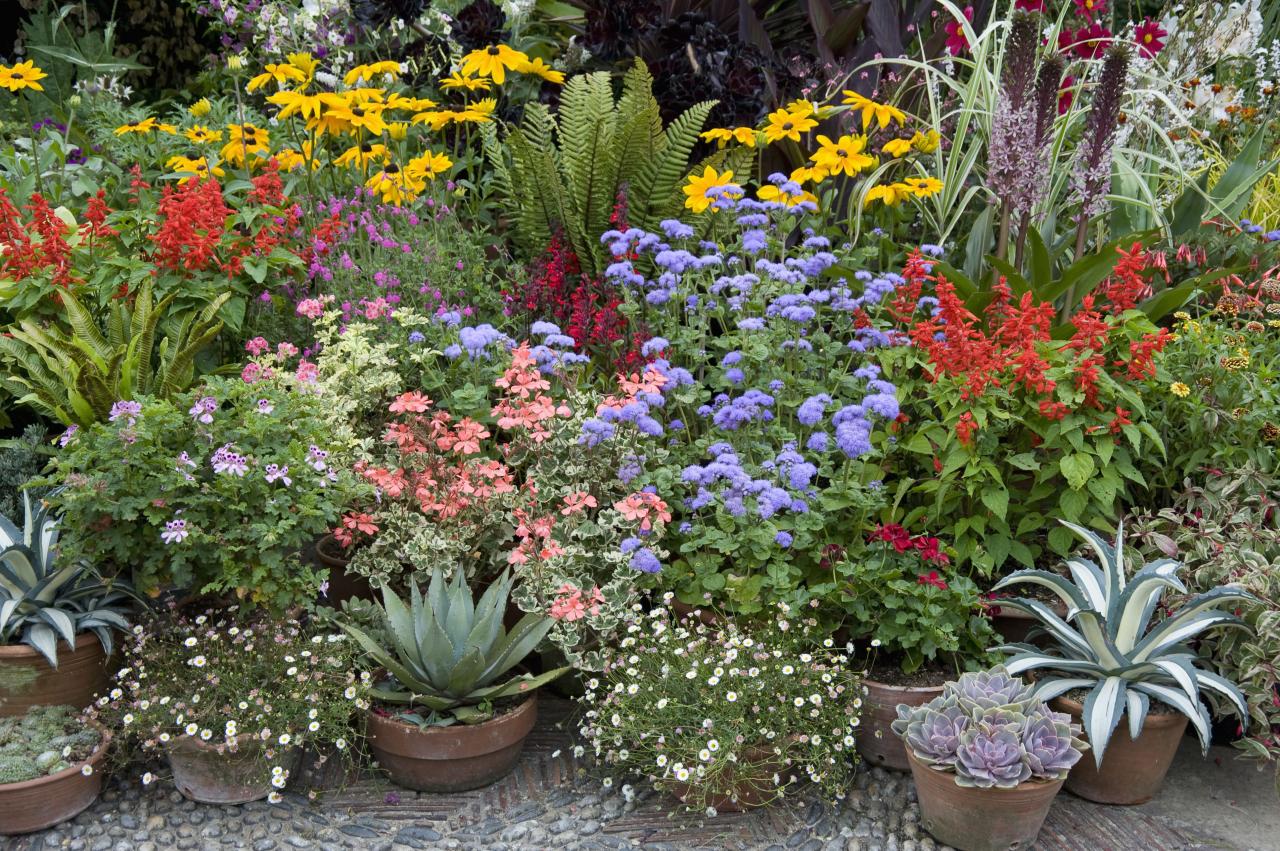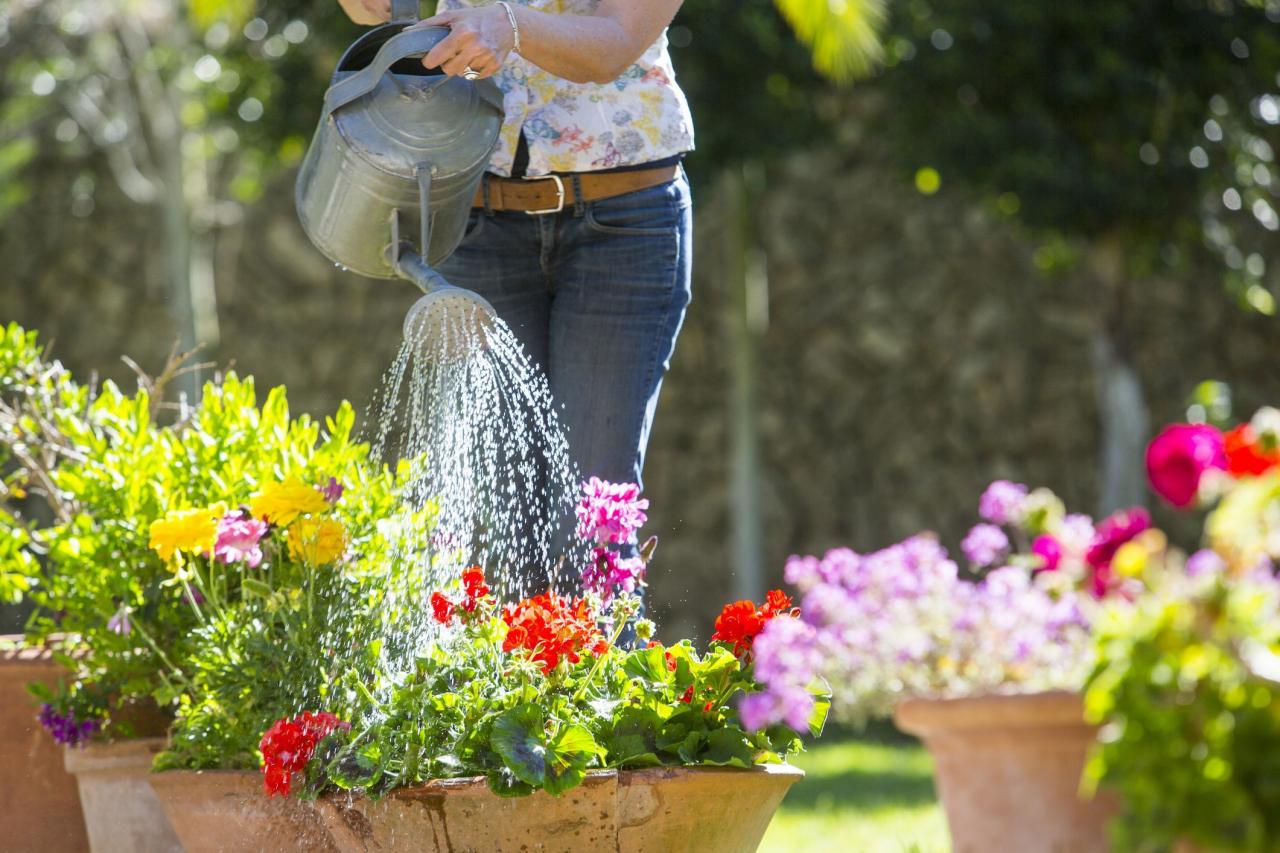Plants for home garden are more than just greenery; they’re a breath of fresh air, a splash of color, and a touch of serenity in your living space. Whether you’re a seasoned gardener or a complete newbie, creating a thriving indoor oasis is achievable with the right knowledge and a dash of enthusiasm. This guide dives deep into selecting the perfect plants, planning your garden layout, and mastering the art of plant care, transforming your home into a lush, vibrant sanctuary.
From choosing low-maintenance indoor plants to designing aesthetically pleasing arrangements, we’ll cover everything you need to know to cultivate a flourishing home garden. We’ll explore different plant types, their specific needs, and practical tips for successful gardening, ensuring your green thumb blossoms. Get ready to embark on a journey of horticultural delight!
Choosing the Right Plants
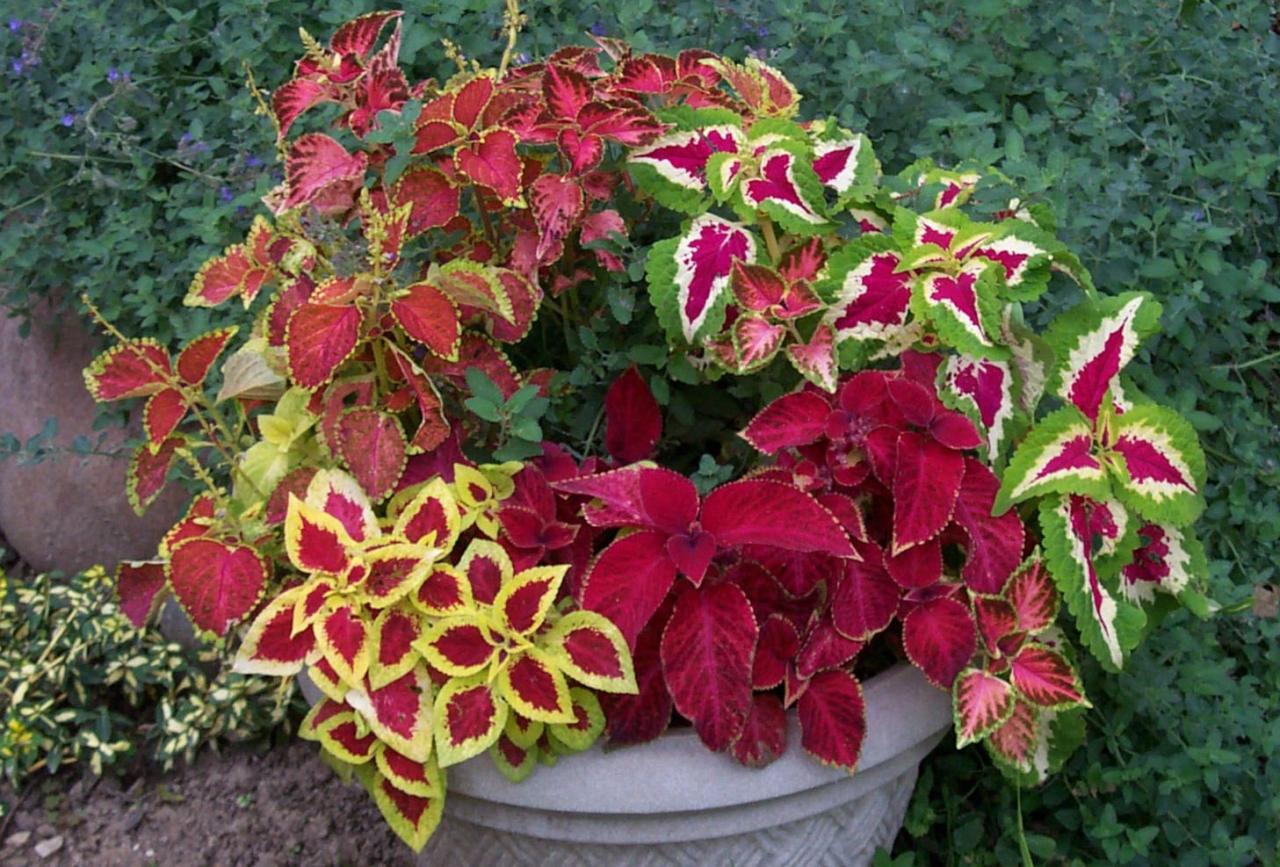
Starting your home garden is exciting! But choosing the right plants is crucial for success. Selecting plants that match your lifestyle and living space will ensure a thriving and enjoyable gardening experience, minimizing frustration and maximizing your green thumb satisfaction. This section will guide you through the process of choosing plants that perfectly suit your home environment.
Low-Maintenance Indoor Plants for Beginners
Choosing your first indoor plants can feel overwhelming. To ease the process, here’s a table highlighting ten low-maintenance options perfect for beginners. Remember, even low-maintenance plants need some attention!
| Plant Name | Light Needs | Watering Frequency | Temperature Preference |
|---|---|---|---|
| Snake Plant (Sansevieria trifasciata) | Low to bright indirect | Every 2-3 weeks | 65-80°F (18-27°C) |
| ZZ Plant (Zamioculcas zamiifolia) | Low to medium indirect | Every 2-4 weeks | 65-80°F (18-27°C) |
| Cast Iron Plant (Aspidistra elatior) | Low to medium indirect | Every 1-2 weeks | 60-80°F (15-27°C) |
| Spider Plant (Chlorophytum comosum) | Bright indirect | Once a week | 65-80°F (18-27°C) |
| Pothos (Epipremnum aureum) | Bright indirect to low | Once a week | 65-80°F (18-27°C) |
| Peace Lily (Spathiphyllum wallisii) | Low to medium indirect | When the soil is dry to the touch | 65-80°F (18-27°C) |
| Chinese Evergreen (Aglaonema) | Low to medium indirect | Once a week | 65-80°F (18-27°C) |
| Aloe Vera | Bright direct or indirect | When the soil is completely dry | 55-80°F (13-27°C) |
| Haworthia | Bright indirect | Infrequently, allow soil to dry completely | 60-75°F (15-24°C) |
| Prayer Plant (Maranta leuconeura) | Bright indirect | When the top inch of soil is dry | 65-80°F (18-27°C) |
Growth Habits of Herbs versus Flowering Plants
Herbs like basil, mint, and chives are generally fast-growing and require more frequent harvesting to prevent bolting (going to seed). They thrive in well-drained soil and need plenty of sunlight. In contrast, flowering plants such as African violets and orchids often have slower growth rates and specific light, humidity, and temperature requirements. African violets prefer bright, indirect light and consistent moisture, while orchids need well-draining potting mixes and varying levels of light and humidity depending on the species.
Understanding these differences is key to providing the appropriate care.
Choosing the right plants for your home garden can totally transform your space. To get started, consider the overall aesthetic you’re aiming for – and for more inspiration on designing your dream outdoor oasis, check out these awesome home garden ideas. Remember, selecting plants that thrive in your local climate is key to a flourishing and low-maintenance home garden.
Plant Selection Based on Available Space
The available space significantly influences plant selection. A small apartment might suit low-growing, compact plants like succulents or trailing pothos in hanging baskets. Larger houses offer more flexibility, accommodating larger plants, including trees or shrubs. Consider the mature size of a plant before purchasing it to ensure it won’t outgrow its space. For example, a large fiddle-leaf fig would thrive in a spacious living room, but it would quickly overwhelm a small apartment.
Planning Your Home Garden Layout
Designing your home garden’s layout is crucial for maximizing space and ensuring your plants thrive. Careful planning considers sunlight, plant size, and air circulation to create a flourishing and aesthetically pleasing space. A well-thought-out design will minimize frustration and maximize your gardening success.
A successful home garden layout requires understanding the specific needs of each plant and how they interact with their environment. This includes considering factors like sunlight exposure, water requirements, and the mature size of each plant to prevent overcrowding and competition for resources. Proper spacing allows for adequate air circulation, preventing the spread of diseases and pests. Moreover, a visually appealing arrangement enhances the enjoyment of your garden.
Sample Small Home Garden Layout
This example showcases a small garden (approximately 6ft x 4ft) suitable for a balcony or patio. It prioritizes maximizing space and light utilization. Plants are categorized by their light requirements and mature size.
- Sunny Area (South-facing, direct sunlight): Tomatoes (determinate variety for space-saving), herbs (basil, oregano, thyme) in pots. These plants thrive in at least 6 hours of direct sunlight.
- Partially Sunny Area (East or West-facing, dappled sunlight): Lettuce, spinach, and other leafy greens. These prefer 4-6 hours of sunlight.
- Shady Area (North-facing, indirect sunlight): Ferns, hostas, or other shade-tolerant plants. These plants require less than 4 hours of direct sunlight.
Air Circulation and Humidity in Garden Design
Adequate air circulation is vital for preventing fungal diseases and pest infestations. Good airflow keeps leaves dry, reducing the risk of mold and mildew. Humidity levels also influence plant health; some plants thrive in humid environments, while others prefer drier conditions. Proper spacing between plants promotes airflow, and strategic placement near windows or fans can further enhance ventilation.
Consider the microclimate of your garden location, including wind patterns, to optimize air circulation.
Step-by-Step Guide for a Vertical Garden
Vertical gardening is a space-saving solution ideal for small gardens or balconies. This guide uses readily available materials for a simple and effective setup.
- Gather Materials: A sturdy pallet, landscape fabric or burlap, potting soil, and your chosen plants (vines, herbs, or strawberries are excellent choices).
- Prepare the Pallet: Clean the pallet thoroughly. If using a treated pallet, ensure it’s safe for plants or line it with a non-toxic barrier.
- Create Planting Pockets: Line the gaps between the pallet slats with landscape fabric or burlap, creating individual pockets for planting. Secure the fabric with staples or twine.
- Plant Your Selection: Fill the fabric pockets with potting soil and plant your chosen plants, spacing them appropriately for growth.
- Water and Maintain: Water regularly, ensuring the soil remains moist but not waterlogged. Monitor plant growth and provide necessary support as needed.
Planting and Care
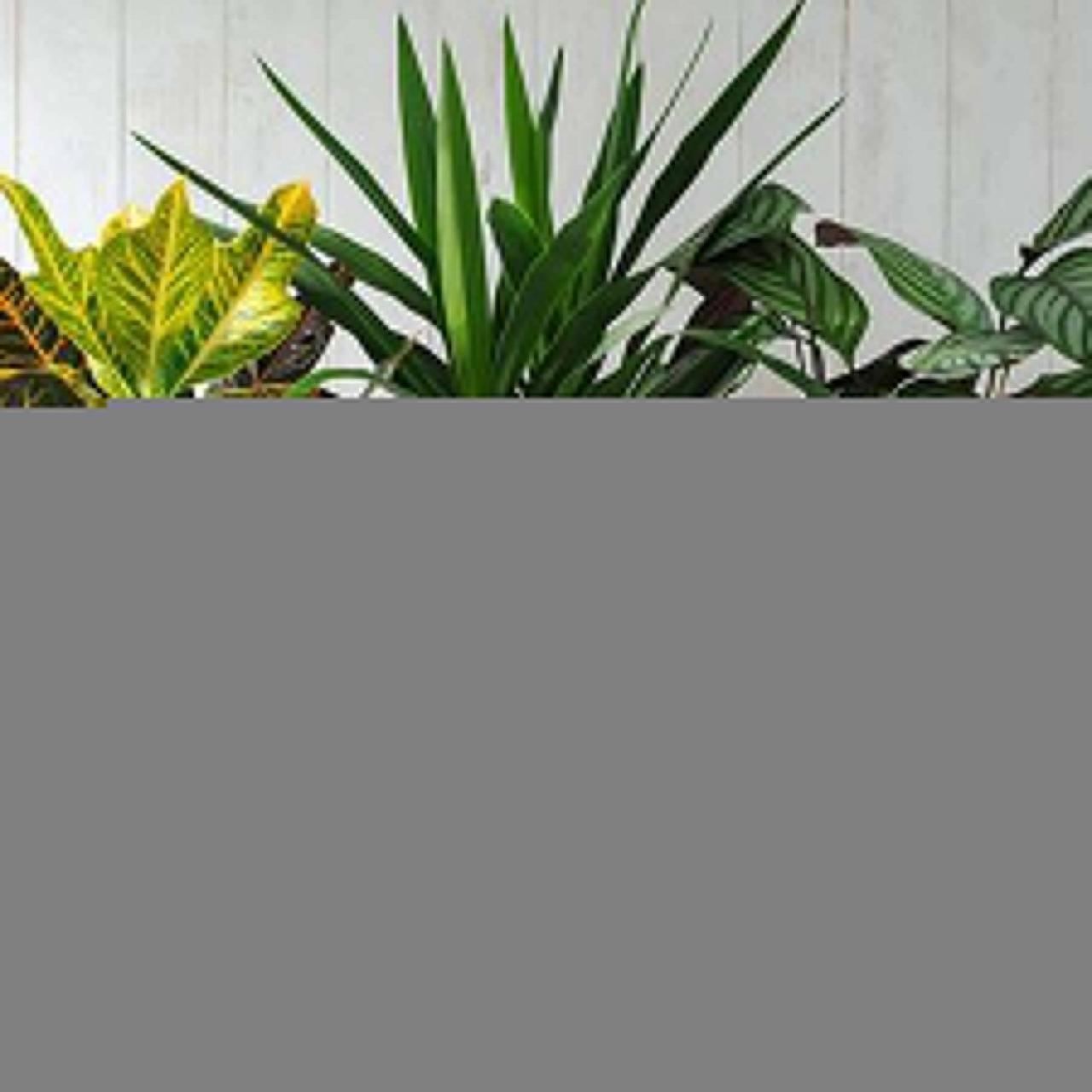
Bringing your chosen plants to life and keeping them thriving requires understanding the nuances of planting and ongoing care. From preparing the soil to dealing with potential problems, consistent attention will reward you with a flourishing home garden. This section covers essential techniques and troubleshooting tips to help you achieve gardening success.
Planting Seeds vs. Seedlings
Successfully establishing your plants begins with understanding the differences between starting from seed and using seedlings. Starting from seed offers a wider selection and can be more cost-effective, but requires more patience and attention to detail. Seedlings, on the other hand, provide a head start, allowing for quicker results, but might limit your plant choices and increase initial costs.
Soil Preparation: Regardless of your chosen method, proper soil preparation is crucial. This involves loosening the soil to improve drainage and aeration, and amending it with compost or other organic matter to enrich its nutrient content. The ideal soil should be moist but not waterlogged, and the pH level should be appropriate for the specific plants you’re growing. For example, many vegetables thrive in slightly acidic soil (pH 6.0-7.0), while some flowers prefer neutral to slightly alkaline conditions.
Planting Seeds: Sow seeds at the recommended depth, usually found on the seed packet. Ensure adequate spacing between seeds to prevent overcrowding. Gently cover the seeds with soil and water lightly. Maintain consistent moisture levels until germination. Regularly thin out seedlings if they become too crowded, to promote healthy growth.
Planting Seedlings: When planting seedlings, dig a hole slightly larger than the seedling’s root ball. Gently remove the seedling from its container, taking care not to damage the roots. Place the seedling in the hole, ensuring the top of the root ball is level with the surrounding soil. Fill the hole with soil, gently firming it around the base of the plant.
Water thoroughly after planting.
Watering Techniques
Effective watering is critical for plant health. Overwatering can lead to root rot, while underwatering results in wilting and stunted growth. The key is to strike a balance, ensuring the soil remains consistently moist but not soggy.
Watering Frequency: The frequency of watering depends on several factors, including the type of plant, soil type, weather conditions, and pot size (for container gardening). Check the soil moisture regularly by inserting your finger a couple of inches into the soil. If the soil feels dry, it’s time to water. Deep, infrequent watering is generally better than shallow, frequent watering, as it encourages deeper root growth.
Watering Methods: Water at the base of the plant to avoid wetting the foliage, which can promote fungal diseases. Use a watering can with a rose head for gentle watering, or a soaker hose for larger areas. Avoid overhead watering, especially during the hottest part of the day, to prevent water loss through evaporation.
Common Plant Diseases and Pests, Plants for home garden
Home gardens are susceptible to various diseases and pests. Early detection and preventative measures are key to maintaining a healthy garden.
Designing your home garden? Choosing the right plants can totally transform your space, adding vibrant color and tranquility. Need a break from all that gardening? Check out this ultimate guide to the world’s best luxury hotels for solo travelers for some serious relaxation inspiration before you get back to tending your leafy friends. Then, it’s back to nurturing those gorgeous blooms and herbs!
Preventing and treating plant problems requires vigilance and appropriate action. Regular inspection of your plants is essential for early detection of any issues. Here are some common problems and solutions:
- Powdery Mildew: A fungal disease characterized by a white powdery coating on leaves. Prevention involves ensuring good air circulation and avoiding overhead watering. Treatment includes applying a fungicide.
- Aphids: Small, soft-bodied insects that suck sap from plants. Prevention involves attracting beneficial insects like ladybugs. Treatment includes insecticidal soap or neem oil.
- Root Rot: A fungal disease caused by overwatering. Prevention involves using well-draining soil and avoiding overwatering. Treatment is often difficult; affected plants may need to be removed.
- Leaf Miners: Insects that create tunnels within leaves. Prevention involves removing affected leaves. Treatment may involve insecticidal sprays.
- Spider Mites: Tiny mites that suck sap from leaves, causing stippling and webbing. Prevention involves maintaining high humidity. Treatment includes insecticidal soap or miticide.
Maintaining Your Home Garden: Plants For Home Garden
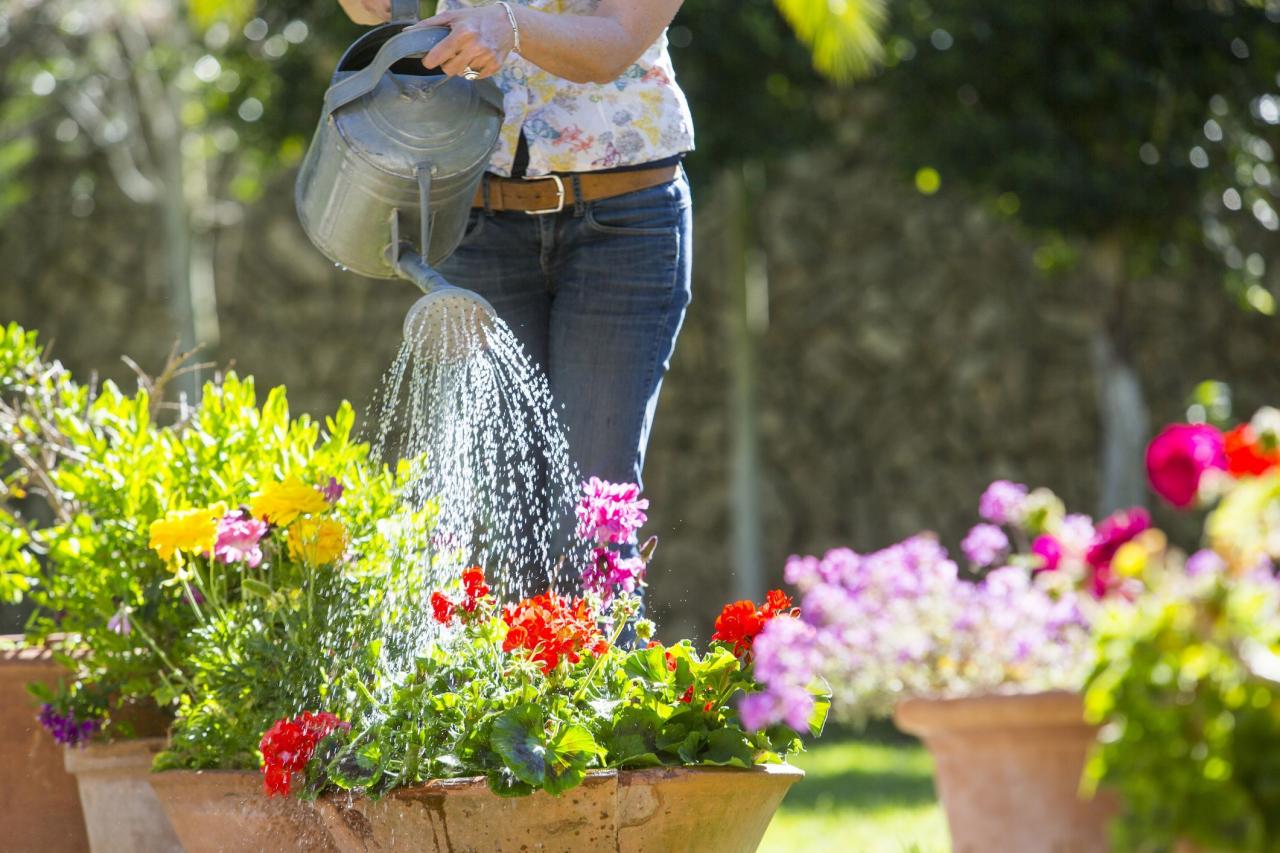
Keeping your home garden thriving requires consistent effort. Regular maintenance ensures healthy growth, bountiful harvests, and a beautiful outdoor space. Neglecting these tasks can lead to stunted growth, pest infestations, and ultimately, a less enjoyable gardening experience. This section Artikels a practical maintenance schedule and explores beneficial organic practices.
Routine Garden Maintenance Schedule
A well-structured schedule is key to successful garden maintenance. The following table provides a guideline for common tasks, their frequency, methods, and the resulting benefits. Remember to adjust this schedule based on your specific plants and climate.
| Task | Frequency | Method | Benefits |
|---|---|---|---|
| Pruning | As needed, typically spring and fall | Use sharp, clean pruning shears. Remove dead, diseased, or crossing branches. For flowering plants, prune after blooming to encourage new growth. | Improves plant shape, encourages air circulation, prevents disease, and promotes healthier growth. |
| Fertilizing | Every 2-4 weeks during growing season | Use a balanced, organic fertilizer according to package instructions. Apply evenly around the base of the plants, avoiding direct contact with leaves. | Provides essential nutrients for robust growth, vibrant blooms, and increased yields. |
| Repotting | When roots become root-bound (typically every 1-2 years) | Choose a slightly larger pot with drainage holes. Gently remove the plant from its current pot, loosen the roots, and place it in the new pot with fresh potting mix. | Provides more space for root growth, improves drainage, and prevents nutrient depletion. |
| Watering | As needed, depending on weather and plant type | Water deeply and less frequently, allowing the soil to dry slightly between waterings. Avoid overwatering, which can lead to root rot. | Ensures healthy plant hydration, supports strong growth, and prevents wilting. |
Benefits of Organic Fertilizers and Pest Control
Organic fertilizers, derived from natural sources like compost and manure, offer numerous advantages over synthetic fertilizers. They improve soil structure, enhance nutrient availability, and promote beneficial microbial activity, leading to healthier plants and a more sustainable garden. For example, using composted banana peels provides potassium, crucial for flowering plants.Similarly, organic pest control methods, such as introducing beneficial insects (like ladybugs for aphids) or using neem oil, minimize environmental impact and reduce the risk of harming beneficial insects and pollinators.
These methods are gentler on the ecosystem and safer for your family and pets compared to harsh chemical pesticides.
Propagating Plants from Cuttings
Propagating plants from cuttings is a simple and cost-effective way to expand your garden. This method involves taking a stem cutting from a healthy plant and encouraging it to root and grow into a new plant.Imagine taking a 4-6 inch cutting from a healthy rosemary plant. The cutting should ideally have several leaves and be taken from a non-flowering stem.
Remove the lower leaves, leaving a few at the top. Dip the cut end in rooting hormone (optional, but beneficial), and plant the cutting in a pot filled with moist potting mix. Keep the soil consistently moist but not soggy, and place the pot in a location with bright, indirect light. With consistent care, roots will develop within a few weeks, and a new rosemary plant will emerge.
This method can be successfully applied to many other plants, allowing for easy expansion of your home garden collection.
Creating an Aesthetically Pleasing Garden
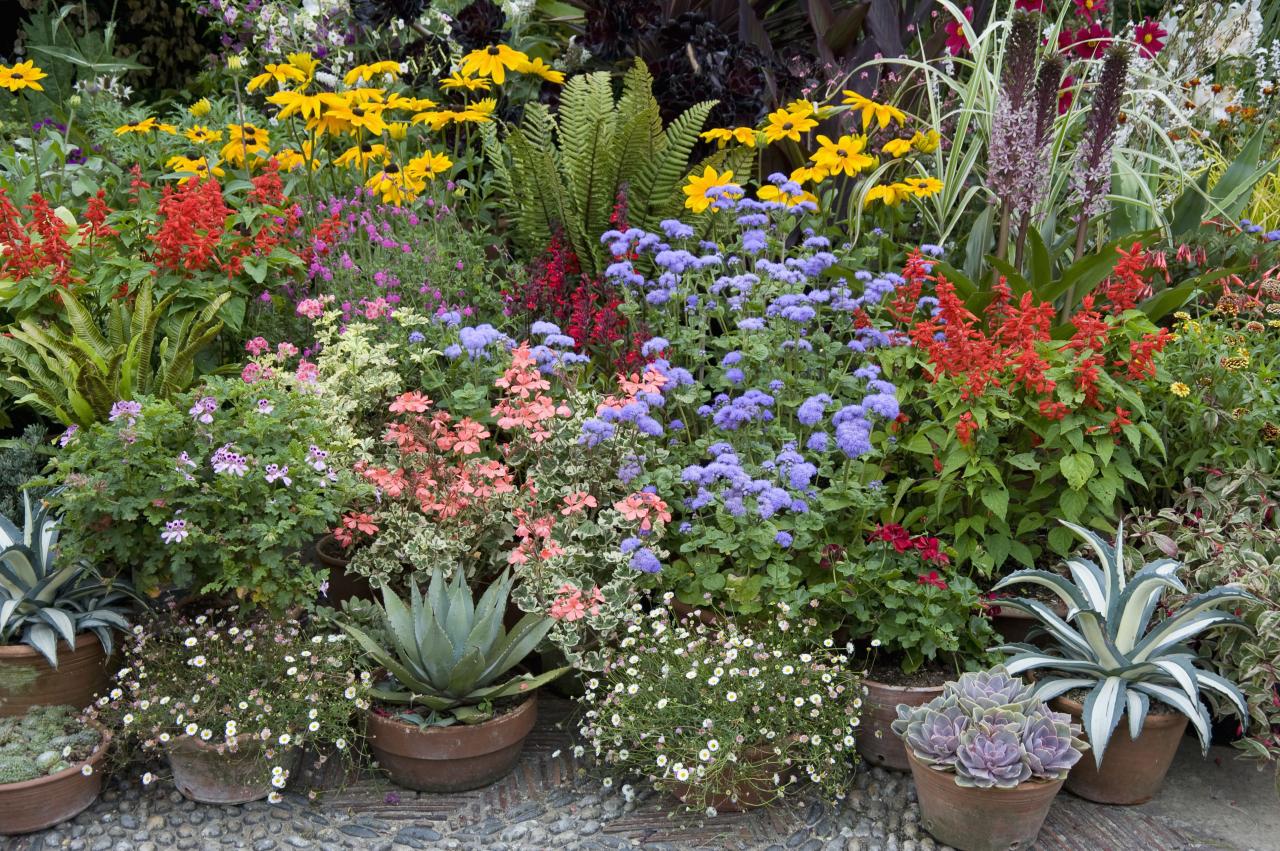
Transforming your home garden from a collection of plants into a visually stunning landscape involves careful consideration of design principles. By thoughtfully arranging plants, incorporating hardscaping elements, and understanding the interplay of color, texture, and height, you can create a garden that’s both functional and a feast for the eyes. This section explores practical techniques to elevate your garden’s aesthetic appeal.
Plant Selection for Visual Harmony
Creating a visually appealing garden begins with choosing plants that complement each other. Consider the interplay of colors, textures, and heights to achieve a balanced and harmonious look. For instance, combining a tall, feathery ornamental grass like Miscanthus with low-growing, vibrant purple alyssum creates a striking contrast in texture and color. Similarly, incorporating plants with different leaf shapes and sizes—think broad-leaved hostas alongside delicate ferns—adds visual interest and depth.
A well-planned color palette is crucial; consider using a color wheel to identify complementary or analogous colors for a cohesive look. For example, pairing blues and oranges or reds and greens can create a vibrant and dynamic garden.
Enhancing Aesthetics with Containers and Planters
Containers and planters offer unparalleled flexibility in garden design. They allow you to introduce pops of color and texture in strategic locations, even in small spaces. A grouping of terracotta pots filled with cascading petunias and upright geraniums can create a vibrant focal point on a patio. Similarly, using different sizes and shapes of containers—from sleek modern planters to rustic wooden boxes—adds visual interest and personality.
Consider the material of the containers as well; dark-colored pots absorb more heat, which can be beneficial for heat-loving plants, while lighter-colored pots reflect sunlight, keeping the soil cooler. Remember to choose containers that are appropriately sized for the plants they will hold.
Incorporating Natural Elements for a Holistic Design
Natural elements like stones, wood, and water features add another layer of depth and texture to your garden design. A simple rock garden featuring various sizes and colors of stones can serve as a stunning backdrop for low-growing succulents. A weathered wooden bench placed strategically under a shade tree provides a tranquil spot to relax and enjoy the garden’s beauty.
Adding a small water feature, even a simple birdbath or a small pond, introduces the calming sound of water and attracts wildlife. The strategic placement of these elements can guide the eye and create visual flow throughout the garden. For instance, a pathway lined with stepping stones leads visitors through the garden, creating a sense of journey and discovery.
